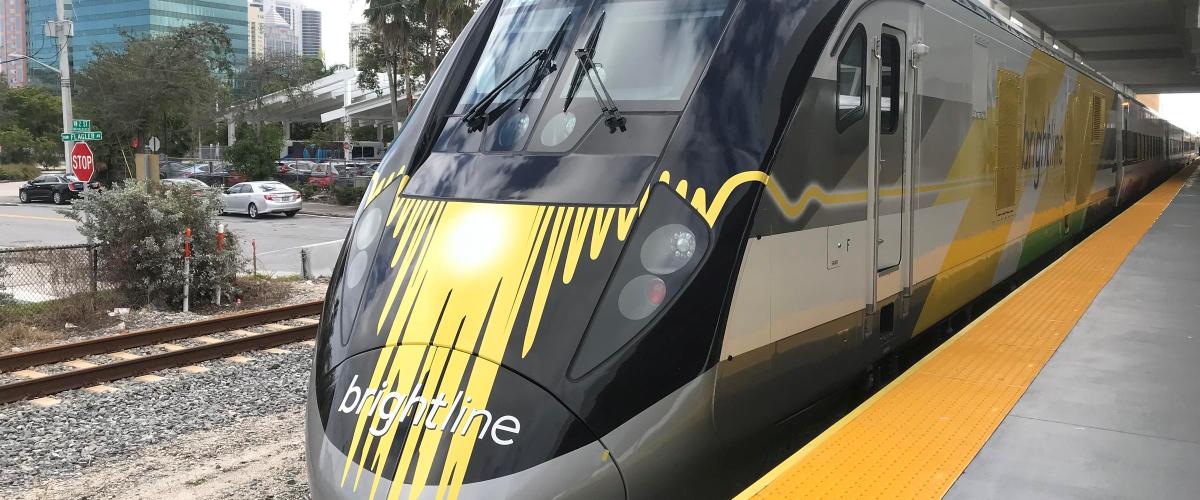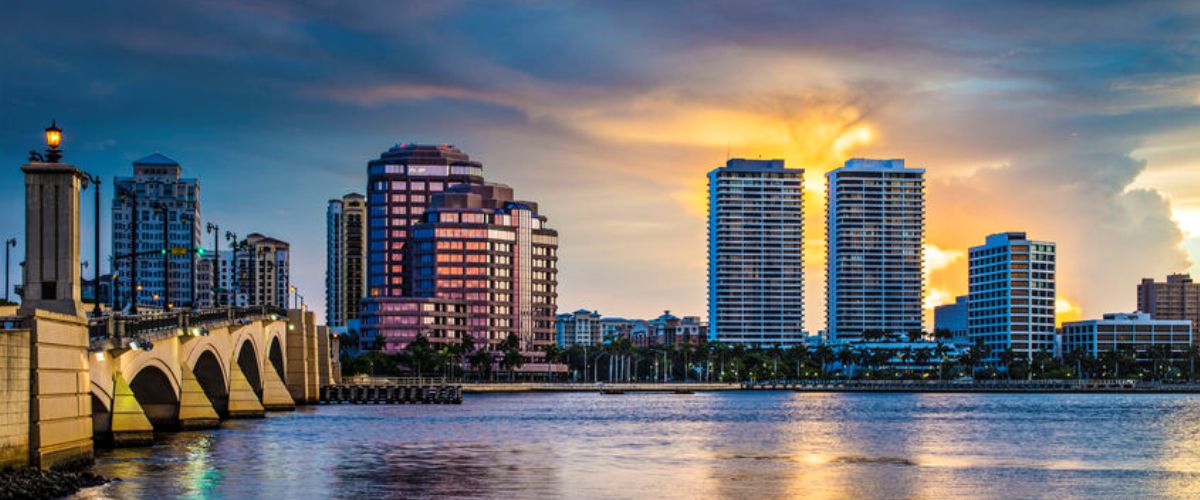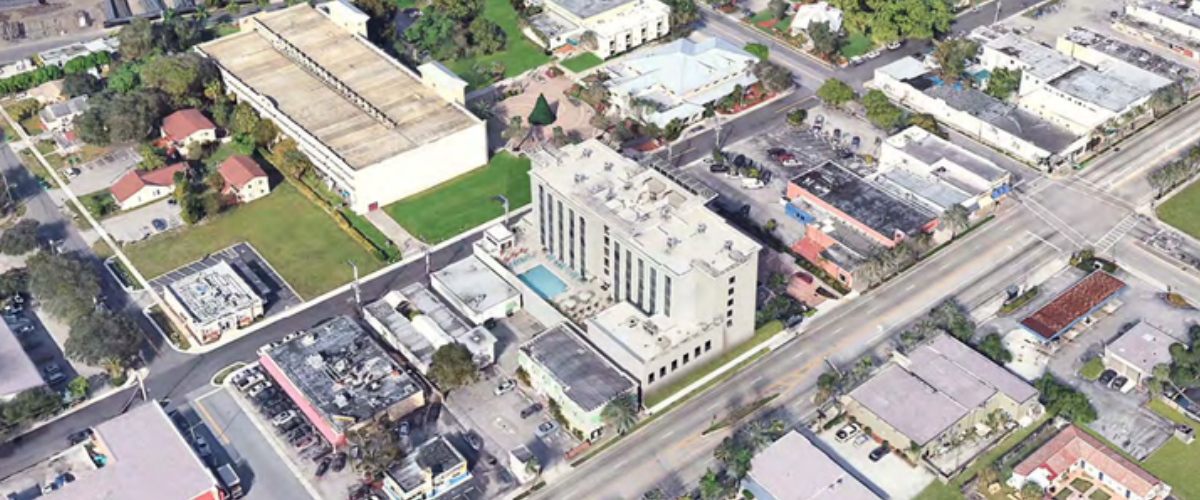Brightline station is coming to Boca Raton. It’s not official. But it’s obvious.
On Tuesday, September 24th, the city council members heard details from Virgin Trains USA executives about the company’s revised offer.
“Brightline has moved a lot,” said Jeremy Rodger.
And he’s correct. Gone is the company’s demand that the city donate two pieces of land in addition to the parcels for the station and a parking garage next to the downtown library. Virgin Trains now wants only first dibs on an option from the city for those properties. Gone is the demand that the city build a pedestrian walkover. Virgin Trains now will help the city seek federal or state money for the project. Gone is the demand that the city pay for a shuttle.
Most notably, gone is the demand that the city pay the entire cost of the parking garage. Company officials said that Virgin Trains USA would pay for the 58 spaces for library patrons that construction would displace. The city would pay based on the 342 spaces for train passengers. There is no estimate for the cost of the 400-space garage, but current industry figures cite a price of about $20,000 per space.
Mayor Scott Singer noted that the council only was telling City Manager Leif Ahnell to proceed further with negotiations. But the council members’ comments revealed what the outcome will be.
— Andy Thomson: Virgin Trains has “heard us loud and clear on our concerns.” The company has acted in “good faith” and been “responsive and forthcoming.”
— Andrea O’Rourke: “We have to move forward.”
— Rodgers: “A lot of good can come from this.”
— Mayor Scott Singer: The new offer “feels more like a partnership.”
— Monica Mayotte: “This will be a very good addition to our city.”
Virgin Trains felt confident enough to prepare a statement before the meeting and hand it out afterward: “This marks another significant step in expanding Virgin Trains to Boca Raton.”
Not that everyone’s happy. Residents of Library Commons, which is north of the library, packed the chambers Tuesday to complain about the size of the garage and how near it will be to their community. Company officials say they will work Library Commons residents on lighting and setbacks.
Though the library still would have 181 overall parking spaces, members of the Friends of the Library expressed concern about patrons getting from the garage to the library. Virgin Trains said passengers and patrons would use separate entrances and that the company would provide security in the garage.
One major question, however, remains: What might Virgin Trains—or a developer partner—do with that city land if the company acquires it?
Boca Raton had designated land east of the library for a train station. That decision envisioned commuter service—station and parking only.
Optioning the land, however, could put added development next to the library and Library Commons. Jose Gonzalez is executive vice president for real estate development of Virgin Trains’ parent company. He told council members that the possibilities include residential, office or a hotel. Those possibilities worry the Friends of the Library, who already weren’t too keen on the garage.
“The station isn’t the end of the story.” one speaker said,
Gonzalez said the idea of building on that city land “might go nowhere.” But officials in West Palm Beach and Fort Lauderdale tout the stations’ role in spurring development. Gonzalez wants Virgin to have an “exclusive conversation” about the properties and “preserve our optionality.” Delaying that decision delays the potentially more controversial aspect of the station.
Virgin Trains wants a vote from the council next month. The company would like to open the station by the end of next year. At this point, there’s no reason to think that won’t happen.
Source: Boca Magazine







